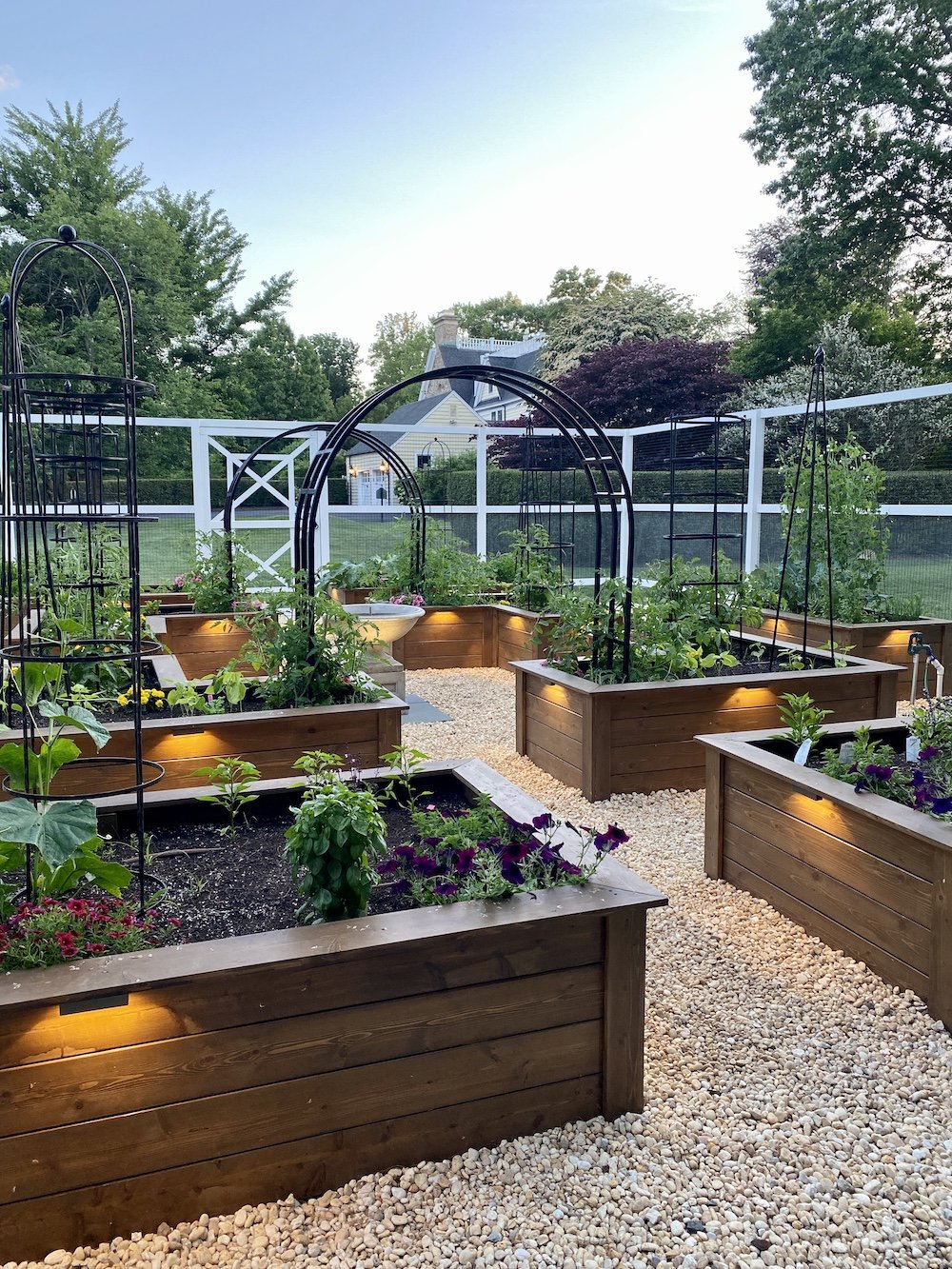Tips for Growing Food in Raised Beds
These days everyone seems to want to grow food in raised beds. Besides being easy on the back (less bending compared to growing in the ground), a beautifully designed raised bed garden can add instant curb appeal to your home. You can also get a jump start on your growing season because raised beds warm up faster than soil in the ground! Lastly, you don’t need to worry about the quality of your native soil and whether it will hinder plant growth. Just fill your raised beds with organic, high quality potting mix, some compost and worm castings for nutrition and you are ready to grow your own food instantly!
When designing your raised beds, make sure that they are easily accessible from all sides. The taller the beds, the less bending you’ll have to do. Tall beds also provide more space for roots to grow deep. Having a ledge on top allows you to sit and harvest your produce too!
If weeds are a problem, line the bottom of your raised beds with landscape fabric or cardboard boxes (plastic tape and labels should be removed of course). Cardboard will suppress the weeds, break down over time and is an excellent source of food for earthworms and other beneficials living in the soil.
Fine mesh hardware cloth can also be used to line the bottom of the raised beds to prevent digging animals like voles, rats or gophers from coming in.
Also, make sure that your raised beds are open at the bottom, unless you’re growing on top of a patio or paved area.
Finally, when it comes to selecting the material for your raised bed - wood, metal, Corten are all great options. Whatever you choose, just make sure it is non-toxic and has not been treated with any chemicals that could potentially leach into your soil and affect the quality of your produce.
